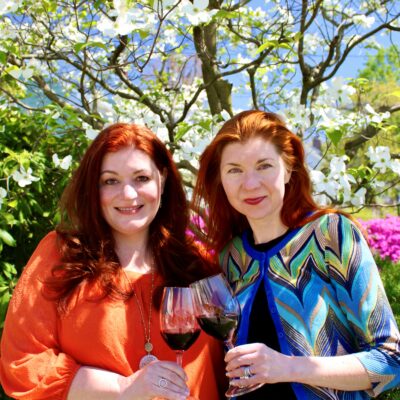By the end of January, many people lose their resolve to be healthier in the new year. But recently, particularly in the alcohol space, people are choosing to be more mindful about what they consume throughout the entire year. Inherently, this is a good thing, but it leaves some confusion for those who make wine. How can winemakers navigate the intersection between wine and a healthy lifestyle?
What many refer to as the “No and Low Trend”, also known as NoLo, seems to be here to stay. In 2022, the beverage category designed to appeal to consumers who desire traditionally alcoholic beverages produced with no alcohol or low alcohol surpassed $11 billion, according to a drinks market analysis from ISWR, with the expectation that the category would increase by one-third by 2026. Should New York’s wineries embrace this trend?
Most wineries already know it’s beneficial to have a diversity of styles on their wine lists—white, red, rosé, dry, semi-sweet, dessert, sparkling—to cater to the tastes of everyone who walks into their tasting rooms. Now, with the consumer focus on No and Low beverages contributing to a healthy lifestyle, some of New York’s wineries are creating a variety of ABV levels in their products, including no-ABV offerings, and finding success with them.
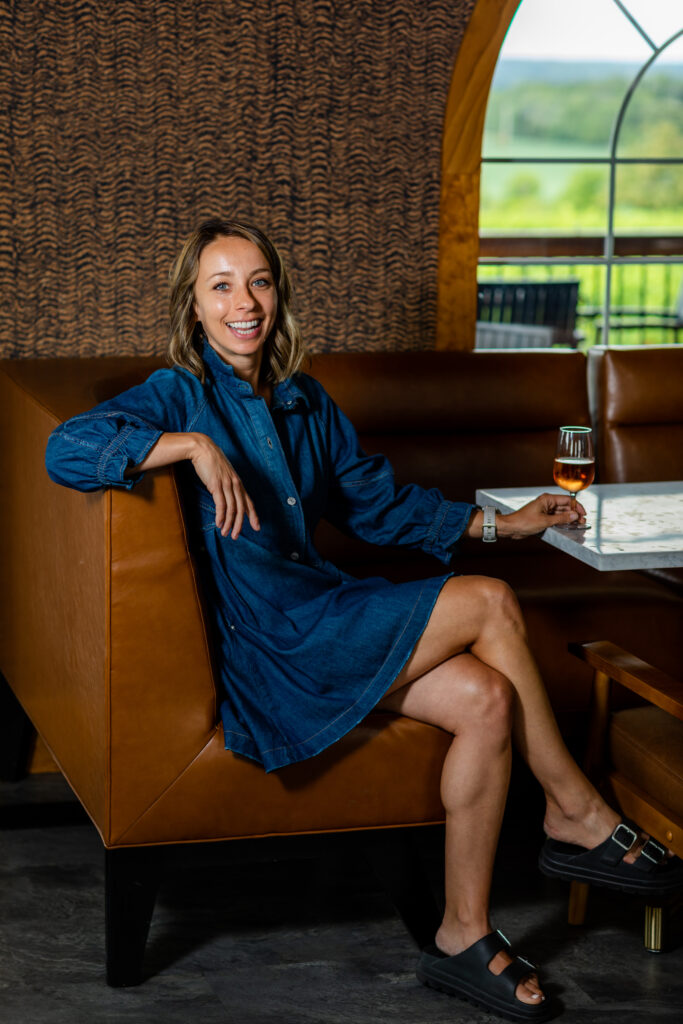
Embrace Having Something for Everyone, and Make That Something Quality
Three Brothers Winery & Estates in Geneva dubs itself as a destination winery and has always understood it makes sense to have options for those who visit but aren’t drinking alcoholic beverages.
“From day one, we’ve always found pride in the fact that we had something for everyone,” says Three Brother’s president and co-owner Erica Paolicelli. “We have wine, beer, cider, soda, and a coffee line.”
Now, Three Brothers is adding to its diverse lineup based on consumer preference.
“It had always been the soda,” says Paolicelli, referring to the alcohol-free product most customers wanted, “but with the narrative around sugar, we wanted to offer some options that didn’t have sugar in them like hop water.” Three brothers created a non-alcoholic hop water that started on draft a few years ago. There’s now enough demand to package the hop water as consumers want the option to drink it at home, too.
Offering low and no-ABV drinks “needs to come from an authentic place,” says Paolicelli “If you’re offering them just because it’s on trend, but you don’t put the effort into the brand, it’s not going to be successful.”
With that in mind, Three Brothers is creating two new offerings for the NoLo crowd: a low-ABV rosé under its Passion Feet line, and a line of canned non-alcoholic cocktails made with quality alcohol-free spirits that are very similar in taste to their alcoholic counterparts.
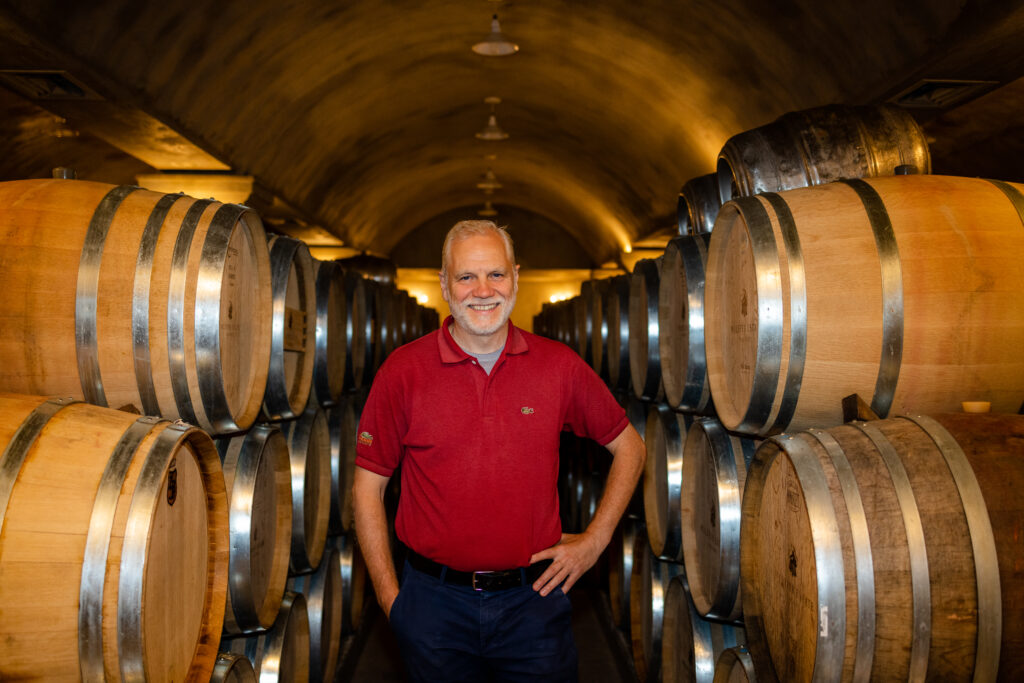
Grow With the Intention for Producing No and Low Alcohol Wines
Roman Roth, winemaker at Wölffer Estate in the Hamptons, has always embraced lower ABV wines.
“I came from Germany where wines with 9, 10, or 11 percent [ABV] are beautiful wines that can age 20 to 30 years,” the winemaker says.
In 1997, long before anyone could imagine a NoLo trend, he began making Verjus, the acidic juice made from unripened grapes that is traditionally used in cooking, and New York City chefs embraced it for cooking—and for drinking.
It didn’t happen immediately, but eventually, Wölffer created the non-alcoholic Petite Rosé Verjus spritzer, now available in bottles.
Wölffer consistently increased the low and no alcoholic offerings it produces and created an apple wine (7.5% ABV) and the LoRo Cider (3.2% ABV) that its customers love.
Now, Roth is using his talents to create a non-alcoholic wine, a sparkling wine with “finesse” that works because of the calculated grape choice.
“We found this family that is deliberately growing organic grapes and picks them early,” he says.
With the fresher acidity of the early-picked grapes, he’s able to create an N/A bubbly that he’s poured for people who had no idea it was non-alcoholic, and he says they weren’t able to tell the difference.
Roth started with one container of juice to create a rosé in 2022 and consumers received the non-alcoholic sparkling wine so well that he’s increased production to 16 containers and is adding a blanc de blanc this year.
Roth’s advice to wineries wanting to add options with lower alcohol?
“You have to know what you want to make from the gut feeling. That’s what inspires you,” he says. “You have to see something you want to taste—and make that.”
Produce What Interests You
That idea that you should make something you want to taste, or drink, is exactly what inspired Living Roots Wine & Co, a winery in both the Finger Lakes and Adelaide Hills in South Australia, to create the Session line of wines, all 10% or lower ABV, in 2019. It started with the Session Red, and now the winery offers reds, whites, rosés, and sparkling wines within the line. It’s also about to bottle the first orange wine in the line.
“It was something that my husband Seb, who is head winemaker, was really excited about,” says Colleen Hardy, co-founder of Living Roots. “He’s always been interested in making either non-alcoholic products or no-alcohol wines.”
The Session wines fit Living Roots’ ethos, which is minimal input winemaking. And, they fit Colleen and Seb’s personal desire to have something lower in ABV to drink for themselves.
“The goal was to have something that was a little bit more mindful or contribute to a little bit more balanced lifestyle,” says Hardy, “without giving up the alcohol and compromising flavor or texture, all the things we love about wine.”
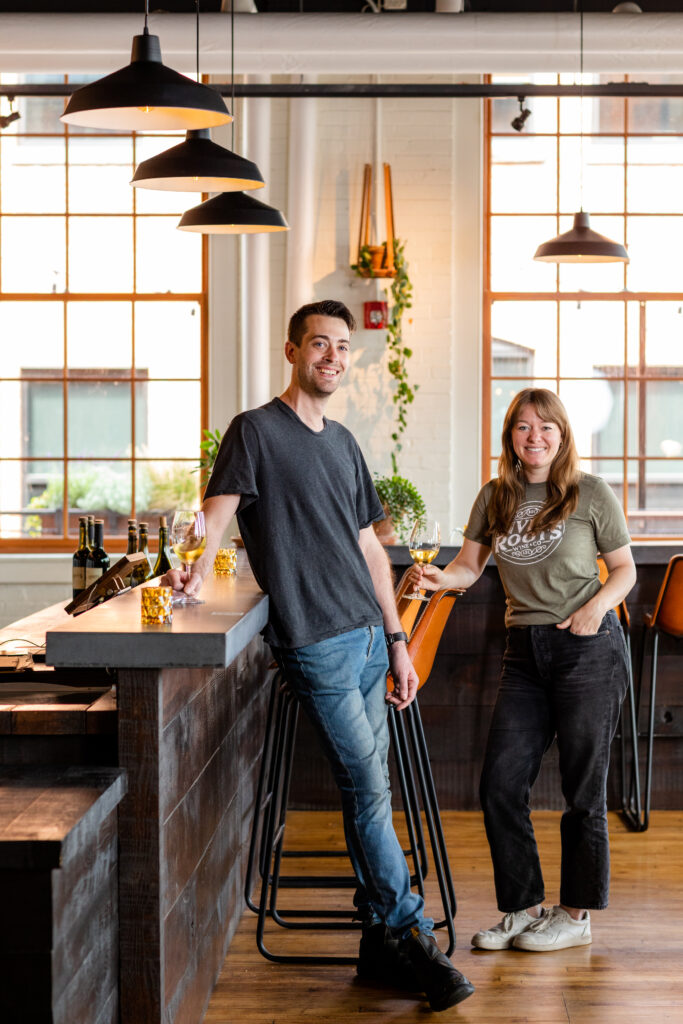
Customer reception has been positive and wines the Session line have all sold out.
With vineyards in both the Finger Lakes and Adelaide Hills, Hardy recognizes the unique position the Finger Lakes is in to create quality low-ABV wines.
“Making them in the Finger Lakes is easier than in Australia. The region is well-poised for these wines.” she says, referring to the cool climate that allows for picking the grapes at lower sugar levels.
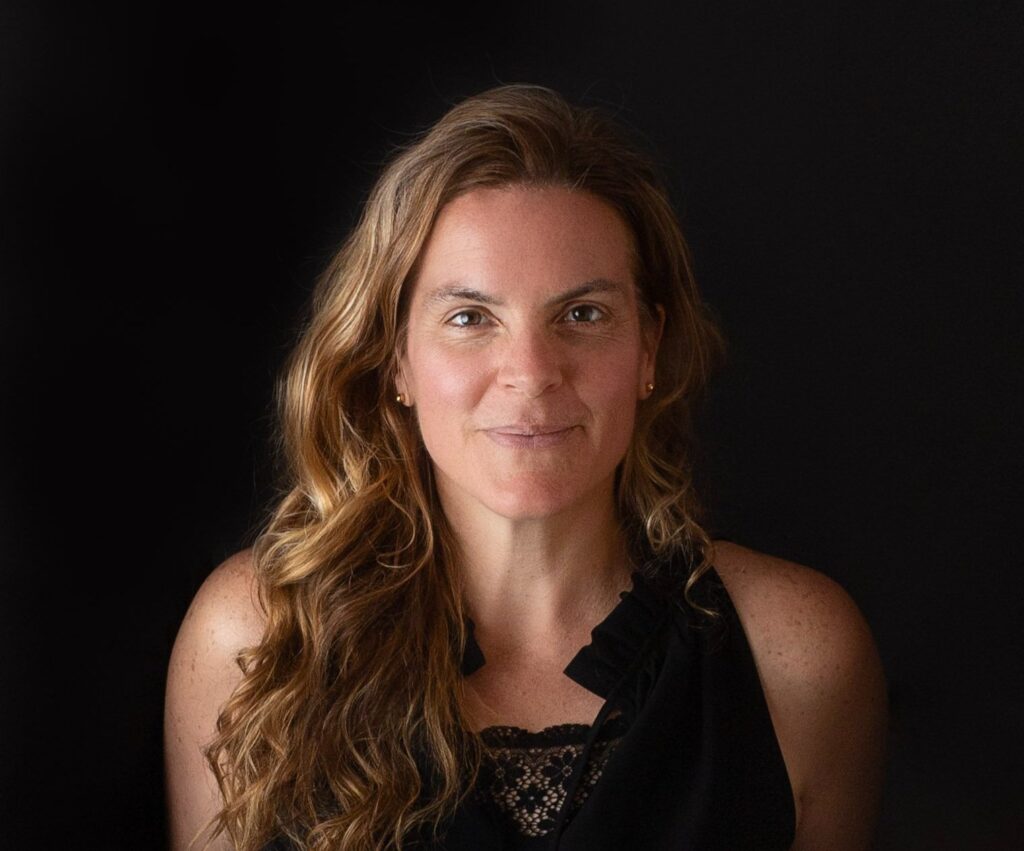
Come to Terms with It Personally
Cathy Huhgye is the owner of Enolytics and one of the voices behind A Balanced Glass, a community that connects wine and drinks professionals with tools and resources to help them maintain wellness, mindfulness, and moderation.
Still, she’s concerned that the headlines in the news around alcohol have “gotten out of hand.”
“When it comes to headlines about alcohol in any measure is bad for you, in my opinion, it’s a kind of patronizing diatribe about what we can and cannot drink and put in our bodies,” she says.
She is a fan of moderation, but she’s also a fan of self-efficacy. Concerned that people, including those who make wine, feel like things are out of their control, Huhgye has some advice for those in the wine industry who need to react to this zeitgeist that seems to be working against them right now.
“I’m advocating for each of us to take the time to understand what our own personal response is to that news,” she says. “Does it make me anxious because if people stop drinking wine, we’re out of a job? Is it anxiety about our professional stability? Are we angry about this? Are we thinking it’s maybe a good thing that people will swing more to center?”
Coming to an understanding of their personal feelings around alcohol, she feels, puts those in the industry in a better position to respond collectively to the message. Presenting a healthy response to wine does not necessarily need to revolve only around creating new no or low-alcohol products.
“There’s always room for each winery to do its part to create a wine in moderation, or moderate drinking, protocol,” she says.
She suggests a winery looks into what it’s putting out there on social media. It could be a new program or a new initiative that lets consumers know you are behind the message of moderation.
Where can wineries find resources to help form the message they’re putting out to their consumers? DrinkIQ and the International Alliance for Responsible Drinking have many resources and facts that wineries can share with their customers through tasting rooms and social media.

